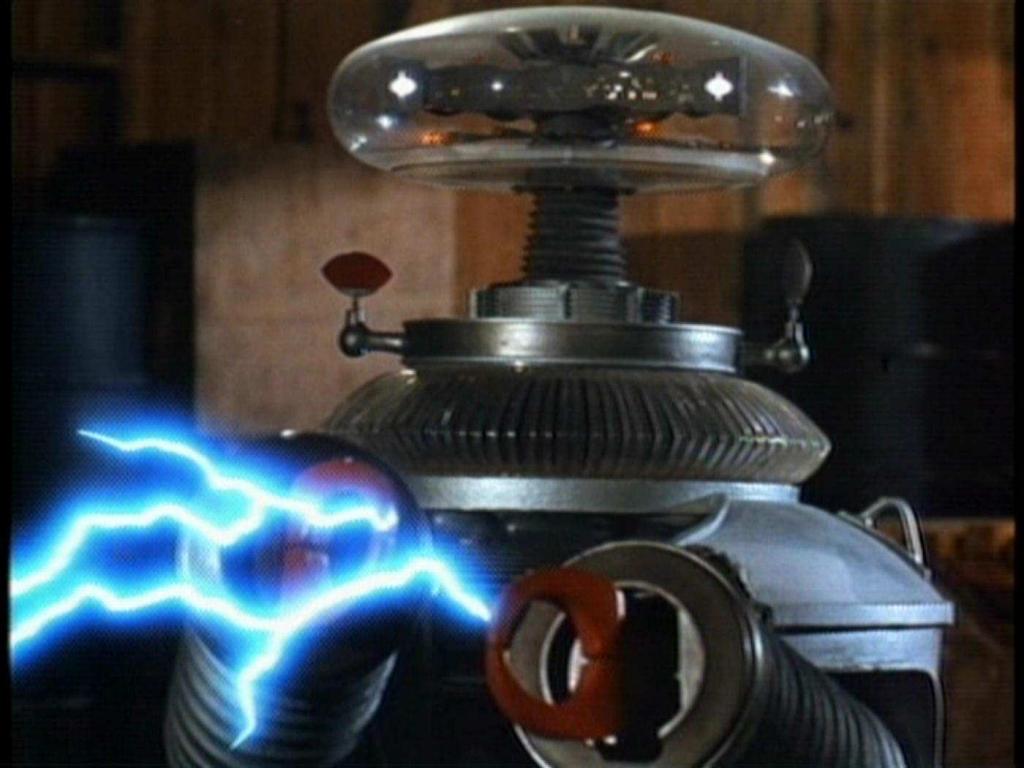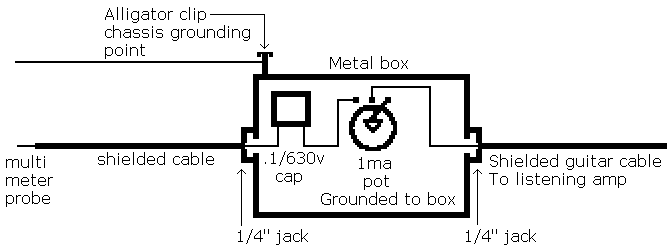Low Volume and Distortion from Sixty Five (Chassis 2275-65)
I have a Sixty Five 112 with the 12Ax7 phase inverter that I'm trying to repair that I'm spinning my wheels on. It doesn't have much volume and the signal is distorted at all volumes. I've replaced every component on the rectifier and filter boards (all electrolytics were original, the resistors were testing just out of spec, and I replaced the diodes for good measure), as well as the electrolytics and diodes in the low voltage section (C-31 and C-32), the bias pot, which was bad, and the 1M-A master volume pot, which was also bad. I'm getting good voltage reads at all test points (46V DC at point A, -46V at point C, 336V DC at F, 354V DC at G etc. etc.). I've done some signal tracing with an oscilloscope and it seems like the preamp stage is working on both channels. I can trace a clean -15db 1K hz sine wave to point D that begins to clip when I turn the channel volume up to around 9, which seems reasonable enough to me. When I hook up the scope to the coupling cap (C-34) after the plate of the first triode of the 12Ax7 I see distorted signal at all but the lowest volume. I have tested multiple 12X7s to the same result. It seems like this is where the problem (or at least a problem) arrives and I'm not sure what's causing it given the plate voltages the 12AX7 is receiving are ok and all of the components on the driver board are testing within spec. Any ideas or recommendations for further trouble shooting? Pictures included are scope readings with channel volume at 5 at point D, C-34, and C-35 (with Master Volume at 4).
Member for
11 years 8 monthsMember for
1 year 6 monthsI'll give chop sticking the…
I'll give chop sticking the ICs a try and see what that may reveal. I don't have a probe that allows me to listen to the signal as it passes through, just an oscilloscope that allows me to see the signal. If it was a bad IC, would I get a be able to get a clean sine wave from my signal generator at point D as this is after the preamp stage?







Personally, I'd LISTEN to…
Personally, I'd LISTEN to the signal after each section of the preamp and see where it gets dirty. Use a signal probe and track the signal though. To me, It almost sounds like the IC's are dirty sockets or bad IC. I'd try chop sticking the IC's one at a time with it hot and see if you can catch the grit that way. I think that if the voltages are looking good all the way through, the signal is being starved and broken on the way through. Just a wild ass guess from the outside here. Do you have a signal probe that you can use to listen as it passes through? Just my take on it.